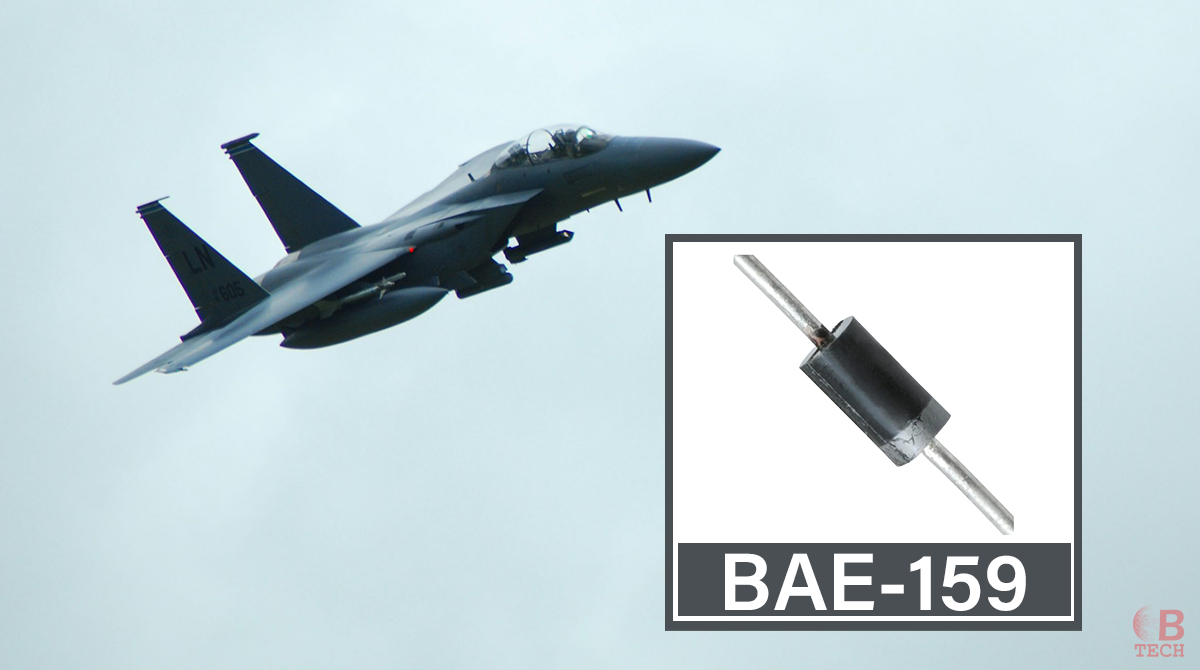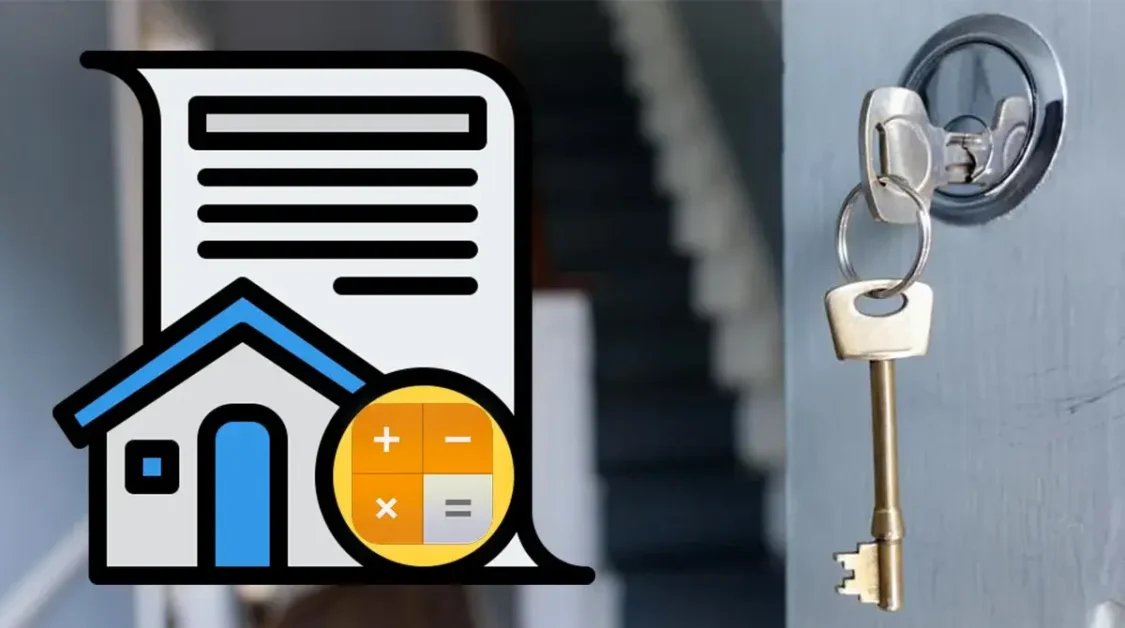Introduction
The BAE-159 diode has become a staple in high-speed switching systems, recognized for its exceptional reliability and performance. Its ability to handle high voltages and currents makes it essential in power supplies, converters and other demanding electronic circuits. However, like all electronic components, there are times when substitutes for the BAE-159 become necessary. This can be due to issues such as availability, cost factors or the specific requirements of a project that make the use of an alternative diode preferable.
In the rapidly evolving world of electronics, engineers and designers must stay prepared to find substitutes for critical components without sacrificing the quality or reliability of their systems. In this tech bonafide article, we will explore why finding the right BAE-159 equivalent is essential, what factors need to be considered when selecting an alternative and a detailed examination of the top alternatives available on the market today.
BAE-159 & its Popularity
The BAE-159 is a fast-recovery silicon rectifier diode, highly efficient in high-speed switching applications. It has become a favored choice in various industries due to its robust electrical parameters and high tolerance to operational stress. Its specifications include a maximum rated voltage of 1000V, a current rating of 1A, and a reverse recovery time of 250 nanoseconds (ns). These parameters make it ideal for use in high-speed circuits like power supplies, converters and other electronic equipment where speed, reliability and performance are critical.
One of the reasons for the BAE-159’s popularity is its ability to tolerate high levels of heat and maintain a low forward voltage drop, ensuring that it operates efficiently even in extreme conditions. This has made it a reliable component in demanding applications, including factory automation systems, automotive manufacturing and power distribution networks.
The BAE-159’s design also emphasizes high operational and design reliability, ensuring it performs well even under harsh environmental conditions, such as high temperatures and voltage surges. Engineers and designers favor the BAE-159 because of its consistent performance in challenging environments, minimizing the risk of component failure and downtime in critical systems.
However, the need to find equivalent components to the BAE-159 arises due to various factors such as:
- Availability issues: Certain markets or regions may face supply chain disruptions.
- Cost considerations: In some cases, lower-cost substitutes might be desirable.
- Specific application requirements: Depending on the design, a slightly different diode may be better suited for the job.
When searching for a BAE-159 equivalent, it is essential to understand the key factors that make it unique and find substitutes that match or exceed those qualities.
Key Factors
When selecting an equivalent to the BAE-159, there are several factors that should be carefully considered. These factors ensure that the new diode will function appropriately in the intended application, without causing reliability or performance issues.
1. Electrical Specifications
The most important consideration when choosing a BAE-159 equivalent is ensuring that the electrical specifications of the substitute match those of the original diode. Key parameters such as maximum voltage, current rating and reverse recovery time must be taken into account.
- Voltage: The diode must be able to handle the same voltage as the BAE-159 (1000V) to avoid any breakdowns or electrical failures.
- Current: The current capacity of 1A is crucial for maintaining consistent performance in high-speed circuits. An equivalent with a lower current rating might not handle the load, leading to overheating and potential failure.
- Reverse Recovery Time: The 250ns recovery time of the BAE-159 is essential for fast-switching applications. An equivalent diode with a slower recovery time may cause delays in the circuit, impacting performance.
2. Environmental Conditions
The environment in which the diode will be used must also be considered. If the circuit operates in extreme temperatures or in a high-stress environment like a factory, the equivalent must be able to handle those conditions without degrading or failing. The BAE-159 is known for its durability in harsh environments, so an equivalent must have similar resilience to avoid performance issues.
3. Availability and Cost
Availability and cost are often the main reasons for seeking a BAE-159 substitute. While it may be tempting to choose the cheapest alternative, it is important to ensure that the lower price does not come at the expense of performance. A cheap equivalent that fails prematurely could lead to costly downtime and repairs.
On the other hand, if availability is the primary concern, identifying a substitute that is widely available in your region or from a trusted supplier is key. Supply chain reliability and ease of purchase are crucial when selecting an alternative component.
4. Power Dissipation
Power dissipation refers to the diode’s ability to handle excess heat. A diode that dissipates too much power may overheat, leading to failure. The BAE-159 is designed to handle high power without overheating, so any equivalent chosen must have a comparable power dissipation rating to ensure safe and reliable operation.
5. Size and Packaging
In many designs, especially compact ones, the size of the diode can be a critical factor. The physical dimensions and packaging of the equivalent diode must match the requirements of your circuit. If space is tight, a larger diode may not fit, requiring modifications to the design that could impact other components.
Top BAE-159 Equivalents
Several diodes on the market offer similar performance and reliability to the BAE-159. The following are some of the top BAE-159 equivalents that can be used in various applications:
1. 1N3749
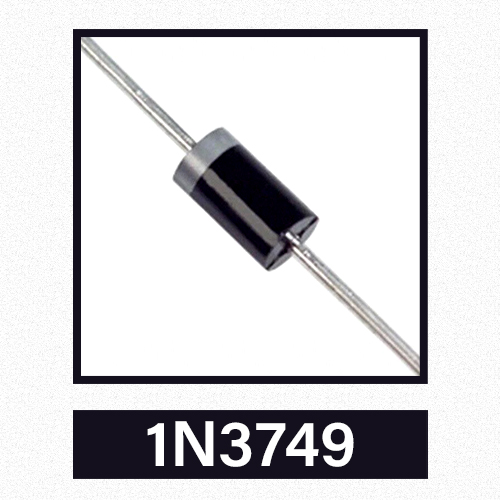
- Fast recovery time
- Maximum voltage: 600V
- Current rating: 1A
- High performance in rectification and switching
Comparison with BAE-159
The 1N4937 has a slightly reduced recovery time compared to the BAE-159, which can help avoid circuit delays and enhance performance in rapid switching applications. It is a versatile diode that works well in many applications where the BAE-159 is used, with reliable operation and minimal need for changes in circuit configuration. However, its lower voltage rating (600V) means it may not be suitable for high-voltage applications.
2. 1N5408
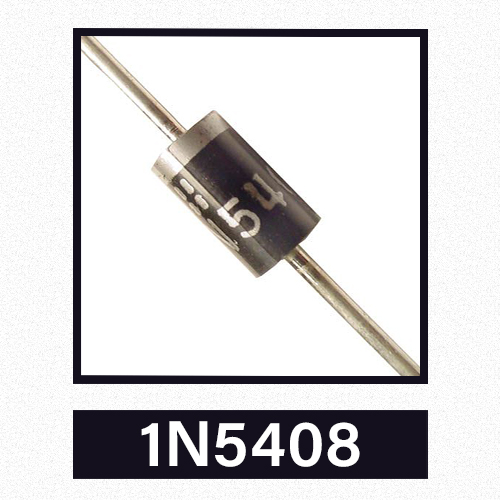
- Voltage rating: 1000V
- Current capacity: 3A
- Robust construction for high-power applications
Comparison with BAE-159
The 1N5408 stands out for its ability to handle higher currents, making it ideal for power-intensive applications. However, its slower recovery time compared to the BAE-159 makes it less suited for high-speed switching circuits. It is best used in scenarios where current capacity is prioritized over switching speed, such as in power supplies and other high-current circuits.
3. UF4007
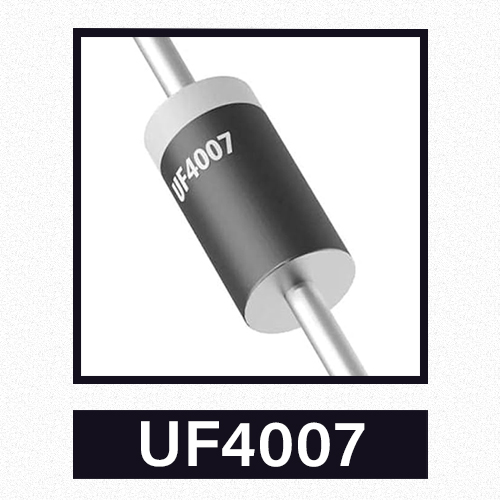
- Ultra-fast recovery time
- Voltage rating: 1000V
- Current rating: 1A
Comparison with BAE-159
The UF4007 offers an ultra-fast recovery time, making it one of the quickest diodes available for high-speed switching applications. It is more expensive than the BAE-159, but its superior performance makes it an excellent choice for advanced power converters and high-frequency circuits where speed is a critical factor. The only downside is its higher cost and potential issues with availability, especially in regions where specialized components are harder to find.
4. BY228
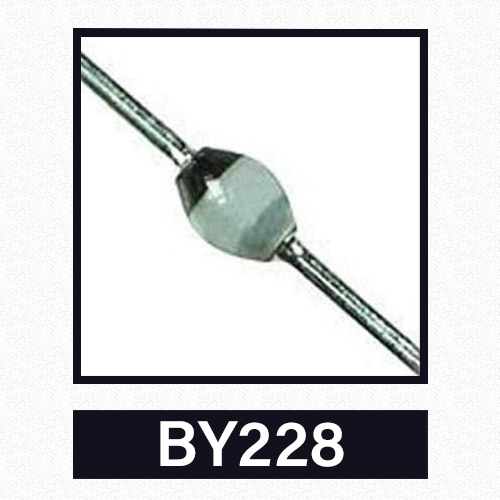
- Very high voltage rating of 1500V
- Current rating: 2A
- Suitable for industrial and high-voltage applications
Comparison with BAE-159
The BY228 is an excellent choice for high-voltage applications where the BAE-159 might fall short. Its voltage rating of 1500V makes it ideal for factory environments and other industrial settings where high voltage and tough conditions are common. However, the BY228 has a slower recovery time than the BAE-159, and its larger size may require additional space in your circuit design.
5. HER108
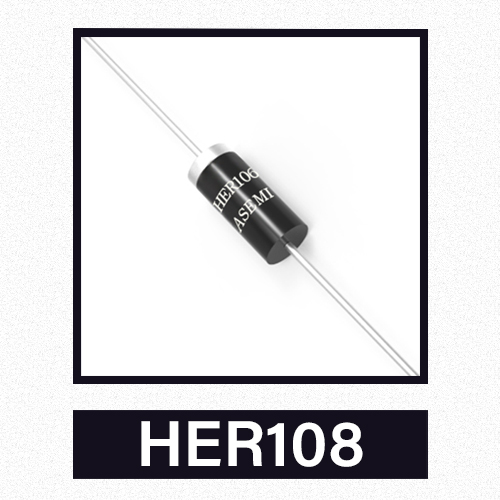
- High frequency switching capability
- Voltage rating: 1000V
- Current rating: 1A
- Compact size
Comparison with BAE-159
The HER108 offers good performance in high-frequency switching applications and is compact, making it easy to integrate into designs with limited space. It is well-suited for fast-switching circuits where speed and compactness are critical, although it may not perform as well in high-power applications where diodes like the 1N5408 would be more appropriate.
Install and Use BAE-159 Equivalents
The performance and longevity of any circuit that contains a BAE-159 equivalent diode will depend on how well the diode is installed and used. To ensure optimal performance, it is important to follow proper installation procedures and avoid common mistakes.
Installation Tips
- Safe Handling: The diode should be handled carefully, using tools like tweezers to avoid contamination or physical damage. Electrostatic discharge (ESD) precautions should be taken to prevent damage to sensitive components.
- Soldering Techniques: Use a soldering iron at the correct temperature to avoid overheating the diode, as this can degrade its effectiveness or even cause it to fail immediately. It is also important to ensure that the solder joints are firm and dry to avoid connection issues.
Avoiding Mistakes
- Choosing the Wrong Equivalent: Selecting an equivalent with different ratings than required can cause the circuit to malfunction or fail entirely. Always verify that the substitute meets the necessary specifications.
- Wrong Polarity: Diodes are polarized components, meaning they have a positive (anode) and negative (cathode) side. Installing the diode with incorrect polarity can cause it to malfunction or damage other components in the circuit.
- Final Checks: After installation, ensure there are no loose wires and that the diode has been inserted correctly. This step is critical to prevent issues when the circuit is powered on.
Buy BAE-159 Equivalents
It is crucial to obtain BAE-159 equivalents from reliable suppliers to ensure that you are purchasing genuine components. Some trusted sources include:
- Online Electronic Component Suppliers: Websites like Digi-Key and RS Components offer a wide range of diodes, including BAE-159 equivalents.
- Local Electronic Stores: For quick and direct purchases, local electronic shops may also carry BAE-159 substitutes but it is important to verify the authenticity of the store and its products.
By selecting a dependable supplier and weighing your purchasing options, you can ensure that you are getting the best BAE-159 equivalent for your project.
Conclusion
Selecting the right BAE-159 equivalent is crucial to maintaining the performance and reliability of your electronic circuits. Whether you are seeking an alternative due to availability, cost, or specific application needs, understanding the key factors such as electrical properties, environmental conditions and power dissipation is essential to making an informed decision.
By evaluating the available options, including the 1N4937, 1N5408, UF4007, BY228, and HER108, and sourcing your components from reputable suppliers, you can confidently choose the appropriate diode for your project. Proper installation and handling practices will further ensure the long-term success and efficiency of your circuits.
